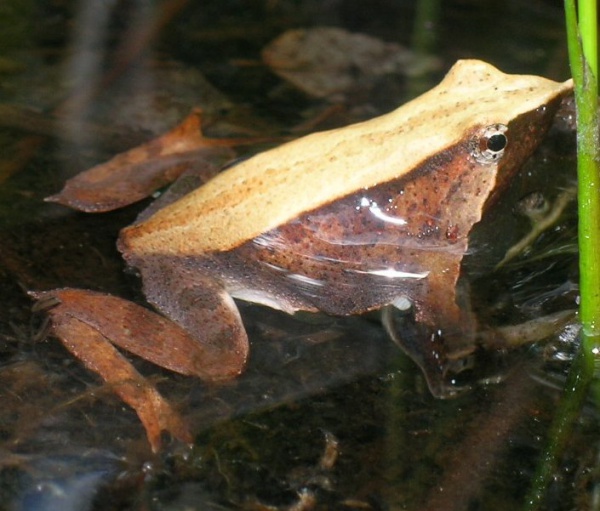Facts About Darwin's frog
Darwin's frog, also known as the southern Darwin's frog, is a captivating amphibian native to Chile and Argentina. First described in 1841 by French zoologists André Marie Constant Duméril and Gabriel Bibron, it was named in honor of the eminent naturalist Charles Darwin. One of the most intriguing aspects of this frog is the male's unique role in reproduction, where he carries the developing tadpoles inside his vocal sac until they are ready to hatch.
These frogs are relatively small, characterized by their pointed snouts and slender legs. Their coloration varies from brown to green, often featuring distinctive markings that provide effective camouflage against predators.
In terms of diet, Darwin's frog is not particularly discerning; it feeds on insects and other small arthropods. Reproductive behavior is especially noteworthy: the male assumes the role of protector, housing the embryos in his vocal sac until they hatch. The tadpoles then undergo metamorphosis within the male's mouth—exemplifying a truly hands-on paternal role.
Darwin's frogs typically inhabit forested areas, clearings, bogs, and stream banks in Chile and Argentina. Unfortunately, their population has been declining rapidly due to habitat destruction, disease, and fragmentation. Consequently, the species is currently listed as Endangered on the IUCN Red List.
Thankfully, concerted efforts are underway to conserve Darwin's frog. Conservationists are actively involved in establishing captive colonies in Chilean zoos, among other initiatives. These measures are vital to preventing further declines and ensuring that this unique amphibian endures for future generations.

 Peru
Peru